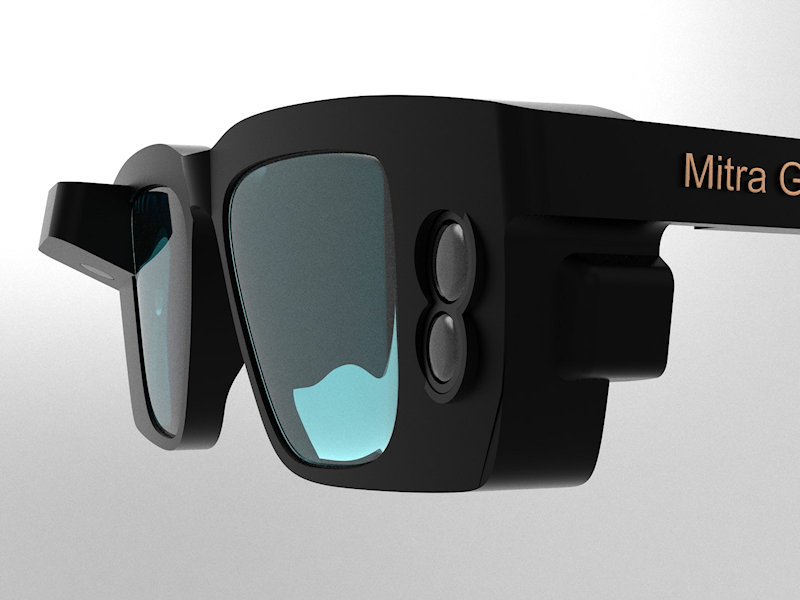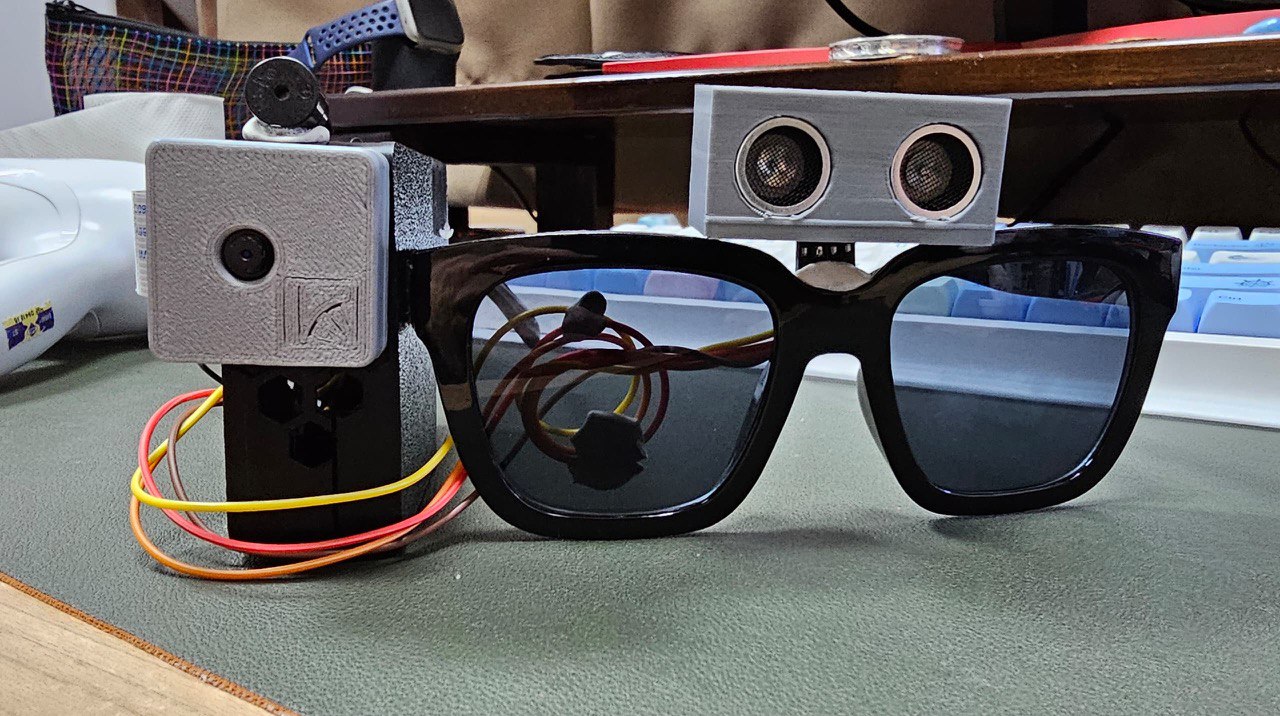Wearable Technology for Low Vision: Transforming How We Navigate the World
Discover Advanced Assistive Devices for People With Visual Problems
The landscape of assistive technology for individuals with aesthetic disabilities is developing rapidly, presenting a range of cutting-edge devices that boost autonomy and engagement. From smart glasses that flawlessly merge visual input with auditory assistance to advanced navigating applications that redefine spatial awareness, these tools are improving opportunities.
Smart Glasses Innovations
Smart glasses stand for a significant innovation in assistive technology for people with aesthetic impairments. These innovative gadgets incorporate various functions created to improve the user's communication with their environment. Geared up with electronic cameras and sensors, wise glasses can catch real-time visual info, which is after that processed and shared to the user through sound comments or haptic experiences. This functionality allows individuals to receive prompt summaries of their environments, boosting their capability to engage and navigate with the world.
In addition, innovations in expert system have better improved the capacities of smart glasses. Equipment knowing formulas can recognize faces, checked out text, and determine objects, making them very useful tools for day-to-day jobs. Users can get auditory signs that supply context concerning their setting, fostering self-reliance and self-confidence.
Additionally, the ergonomic style and light-weight nature of many wise glasses make them ideal for long term use, making certain comfort while improving performance. As these tools continue to develop, they hold the prospective to change the way individuals with visual disabilities experience their every day lives, linking the gap between availability and modern technology. The recurring r & d in this area promise to expand the possibilities for wise glasses, making them an important element of contemporary assistive gadgets.
Navigation Apps and Equipment
Various navigation apps and tools have become vital sources for individuals with visual disabilities, significantly improving their capability to pass through unfamiliar environments. These technologies leverage GPS capability, audio signs, and real-time information to supply users with specific navigating support.
One noticeable instance is the Aira app, which connects individuals to trained representatives that can provide aesthetic summaries of surroundings and navigating support with a live video feed. This service boosts the individual's spatial understanding and confidence while browsing. One more significant tool is Seeing Eye GPS, which supplies voice-guided navigation and sights, making it possible for individuals to accessibility vital information about their environments.

As innovation remains to advancement, the advancement of extra advanced navigating devices guarantees to more empower individuals with visual impairments, helping with seamless wheelchair and assimilation right into diverse settings. Such innovations are crucial in promoting a more comprehensive society.
Braille Modern Technology Innovations
Over the last few years, innovations in Braille modern technology have considerably changed exactly how individuals with aesthetic disabilities access details and involve with the world around them. The growth of mobile Braille displays has actually revolutionized analysis by permitting users to connect wirelessly to mobile phones, computer systems, and tablet computers. These gadgets convert message into Braille in real-time, enabling smooth interaction with digital web content.
Additionally, innovative Braille printers have actually emerged, improving the production of tactile products. Modern embossers are much faster and a lot more reliable, allowing for the fast creation of Braille files and instructional products. This efficiency minimizes the time and price linked with generating Braille sources, making them a lot more accessible to companies and colleges.
In addition, the combination of Braille with various other technologies, such as expert system and maker knowing, has actually opened new avenues for individualized discovering experiences. Voice recognition and synthesis technologies can complement Braille, giving an inclusive method to information dissemination.
As the need for comprehensive education and learning and office settings expands, these technical developments play a crucial function in encouraging people with aesthetic impairments, ensuring they have equal accessibility to info and opportunities in various aspects of life.
Wearable Gadgets for Independence
An expanding range of wearable devices is boosting independence for individuals with visual problems, offering ingenious options that enhance navigating and everyday living. Braille displays and notetakers. These devices utilize innovative technologies to provide real-time comments and assistance, promoting freedom in different environments

Wearable innovation additionally consists of smartwatches that can be set with accessibility features, enabling users to receive alerts, track their locations, or also require aid with the touch of a switch. In addition, some devices integrate expert system to examine the setting, offering sound summaries of neighboring things or people.
Voice-Activated Assistive Solutions
Leveraging voice-activated assistive solutions has actually transformed the landscape of support for individuals with aesthetic disabilities, providing hands-free communication and access to a selection of jobs. These technologies utilize all-natural language handling and expert system to enable users to do daily tasks through easy voice commands.

Moreover, current developments in voice recognition precision have enhanced the user experience substantially, suiting diverse accents and speech patterns. This inclusivity ensures that more people can take advantage of these innovations, cultivating a better sense of freedom.
Verdict
Finally, the development of innovative assistive devices substantially improves the self-reliance and high quality of life for individuals with aesthetic impairments. Developments such as site web smart glasses, navigation applications, Braille modern technology, wearable gadgets, and voice-activated services collectively cultivate a more comprehensive setting. These innovations empower individuals to navigate their surroundings with self-confidence and involve more totally with the globe, eventually promoting higher accessibility and level playing fields for individuals encountering aesthetic difficulties.
The landscape of assistive innovation for people with visual problems is developing rapidly, presenting a range of ingenious tools that boost autonomy and involvement.Smart glasses represent a substantial advancement in assistive modern technology for individuals with aesthetic impairments. As these tools proceed to evolve, they hold the possible to transform the means people with visual disabilities experience their everyday lives, connecting the gap between availability and modern technology.In recent years, advancements in Braille technology have actually considerably transformed just how people with aesthetic disabilities gain access to details and involve with the globe around them. These innovations empower individuals to browse their surroundings with self-confidence and involve even more fully with the globe, eventually advertising better accessibility and equivalent possibilities for individuals encountering aesthetic difficulties.